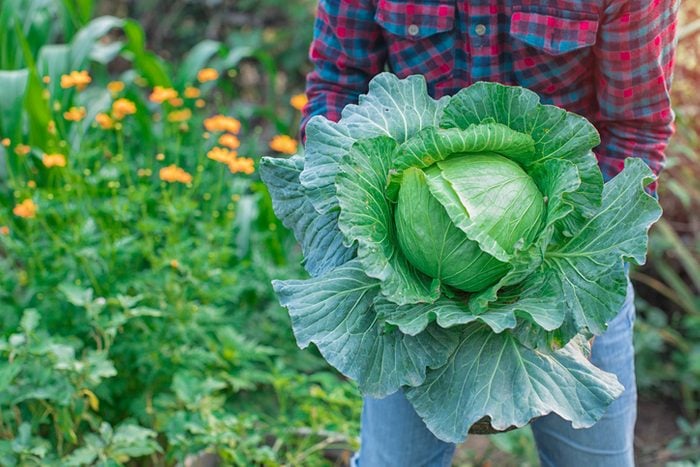
A Newsworthy Way to Stop Cutworms
“My grandmother Julia always advised me to wrap strips of newspaper around the roots of cabbages before planting. This prevents cutworms from getting at the plant,” says Lori Woitalla, Hillman, Minnesota. Check out the right way to ripen green tomatoes and more garden myths debunked.
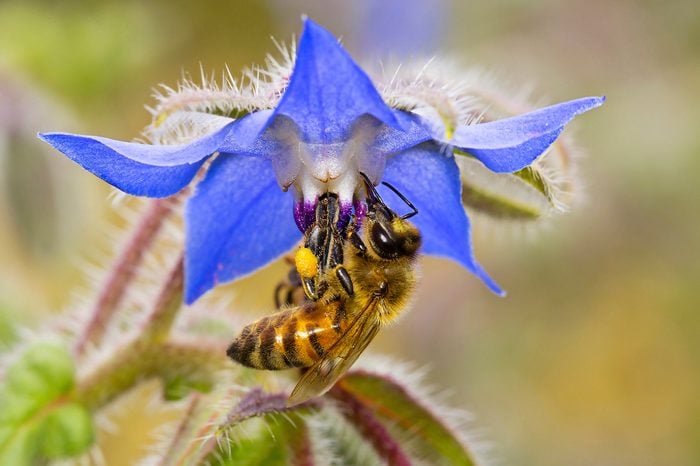
Grow Borage for Bees
“My grandmother told me you have to have bees in the garden to get an early crop of vegetables. She planted borage to attract them. ‘The borage calls out to the bees,’ she said. Now I grow borage in my garden. When the blossoms open, the entire row vibrates as the bees work the flowers. And I always have early vegetables—even with our short growing season,” says Nancy Stoddard, Broadus, Montana. Check out the best flowers that attract bees.
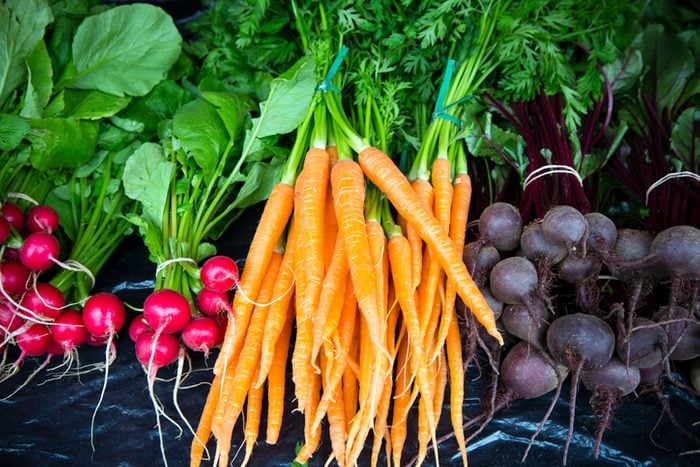
Mix Vegetable Seeds Together
“Mix carrot and radish seeds together when planting. The radishes will mature first and harvesting them thins the carrots. It really works! My grandpa taught me this trick when I was a child and I still use it to this day,” says Dorothy Stokes, Beloit Wisconsin. Learn about vegetable gardening for beginners: 8 mistakes to avoid.
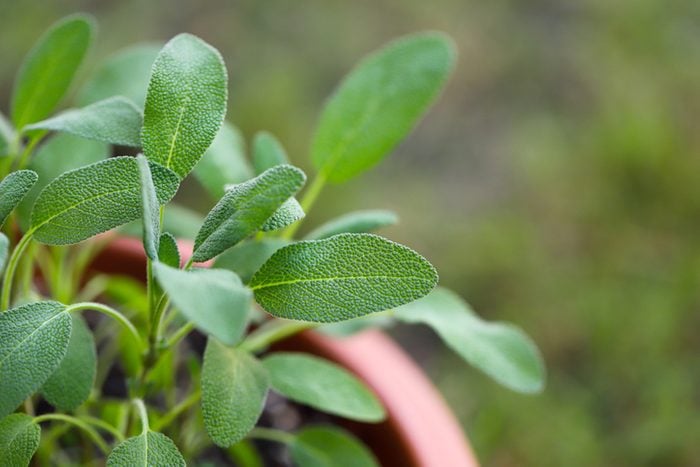
Stop Bugs With Sage
“My grandma told me to plant a row of sage in the garden to keep pests out,” says Mary Quinn, Gratiot, Wisconsin. Discover 10 natural ways to eliminate garden insect pests.
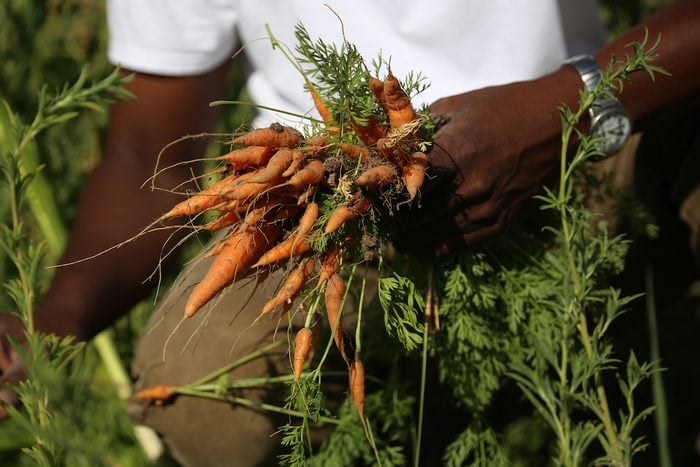
Don’t Cover Carrot Seeds
“Over 50 years ago, an old-timer gave my mother this hint for better carrot yields. After putting the seeds in a row, do not cover with dirt. Instead, walk down the row. That presses the seeds into the soil just enough,” says Carolyn McGuire, Rumford, Maine. Save time by direct sowing seeds.
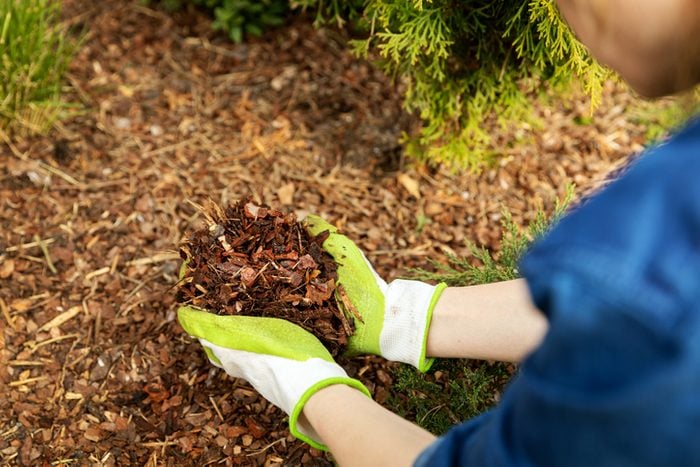
Cover Flowers Before Mulching
“When you’re ready to put down mulch, cover just-planted flowers with empty containers. (I use potting containers from newly planted shrubs). You won’t have to worry about covering the flowers with mulch or stepping on them,” says Julie Ebelhar, Owensboro, Kentucky. Ask the garden expert: Is it OK to use rubber mulch?
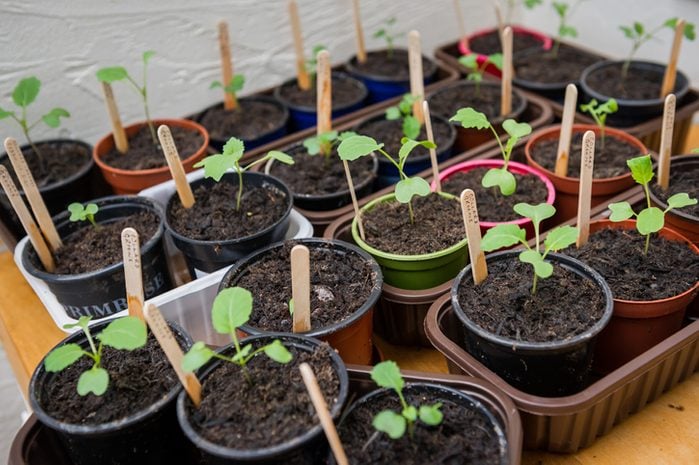
Start Seeds in a Fish Tank
“When I run out of space for seedlings on the basement shelf, which is under grow lights, I start them in an old aquarium,” says Irene Jones, Chardon, Ohio. Learn how and when to start seeds indoors.
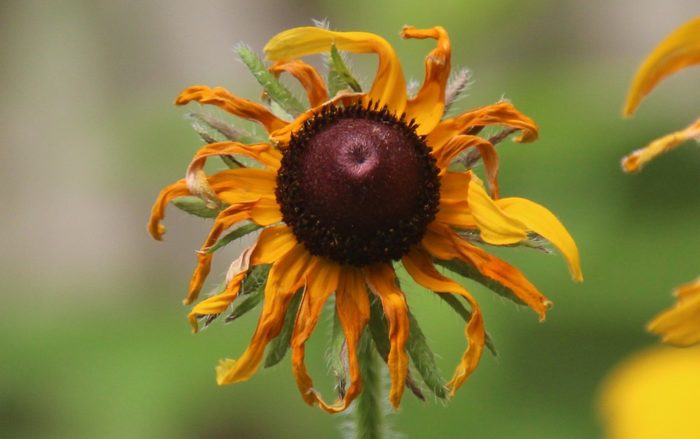
Save Flower Seeds
“When gathering seeds, always take them from the largest, healthiest blooms. Leave the flower on the plant until it is completely faded and the seed head is dry. Then remove the head and place it on a paper plate to dry. Shake out the seeds into a bag and store them in a cool dry place,” says Lois Wark, Reno, Nevada. Check out the top 10 seed-bearing plants.
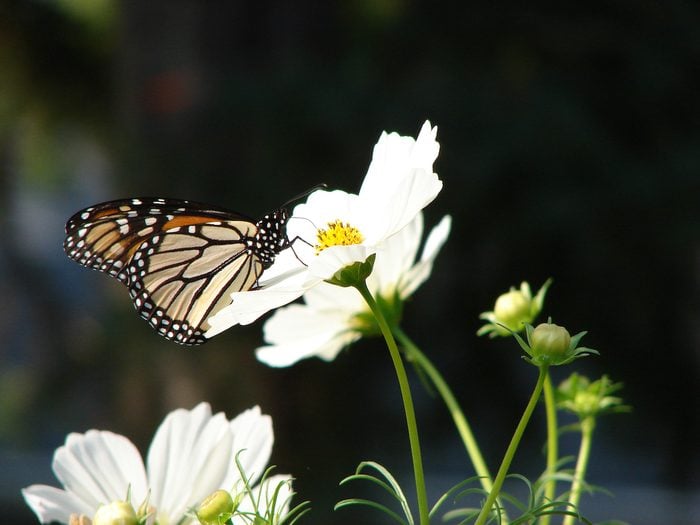
Grow Gorgeous Borders
“I planted my border only once and never had to do it again. That’s because I used flowers that are self-sowing, such as cleome, larkspur, calendula and cosmos. Each year I get many compliments on it. People don’t realize how easy it is!” says Bonita Laettner, Angola, New York. Treat yourself with chocolate cosmos flowers.
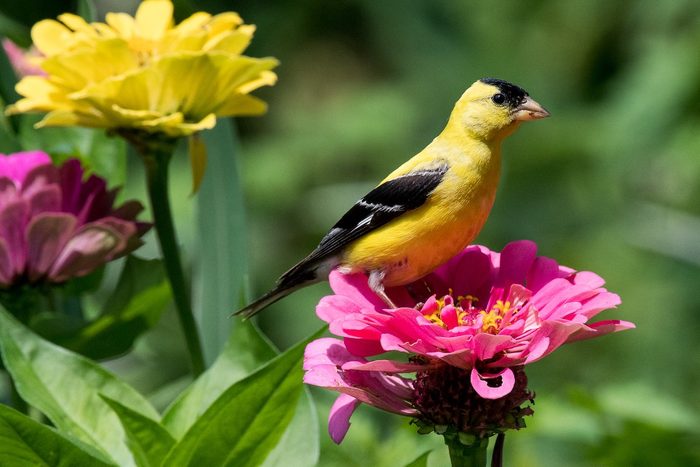
Attract Goldfinches
“I plant zinnia seed along my garden path every year. Yellow finches come, sometimes by the dozen, to clean the seeds out of the spent flowers. What a splash of color!” says Dorene Grebing, Frohna, Missouri. Plant a goldfinch garden with their favorite plants.
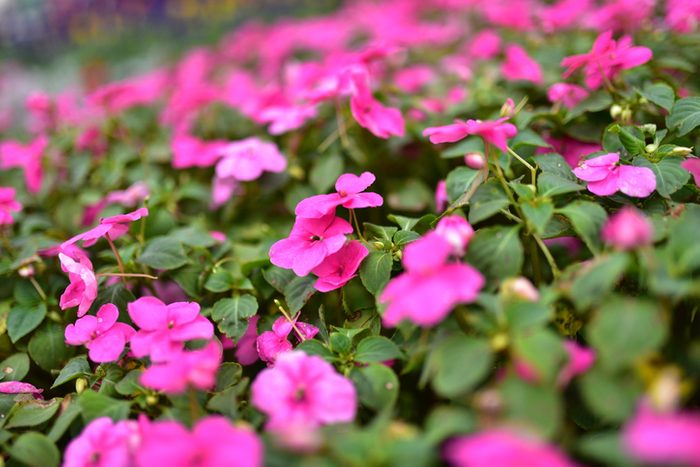
Boost Blooming Impatiens
“Do not overfertilize impatiens or they will only produce leaves. If this happens, just wait. In time, they should start blooming again,” says Joan Fuchs, Morgan Minnesota. Psst—New Guinea impatiens provides color in shade.
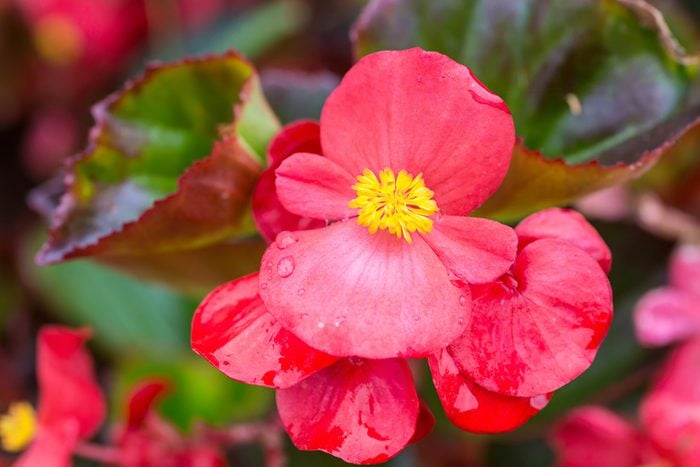
Add Color With Begonias
“Use wax begonias in shade gardens. They provide nice leaf contrast and pretty flowers,” says Jackie Egerton, Reistertown, Maryland. Check out the top 10 hummingbird plants that grow in shade.
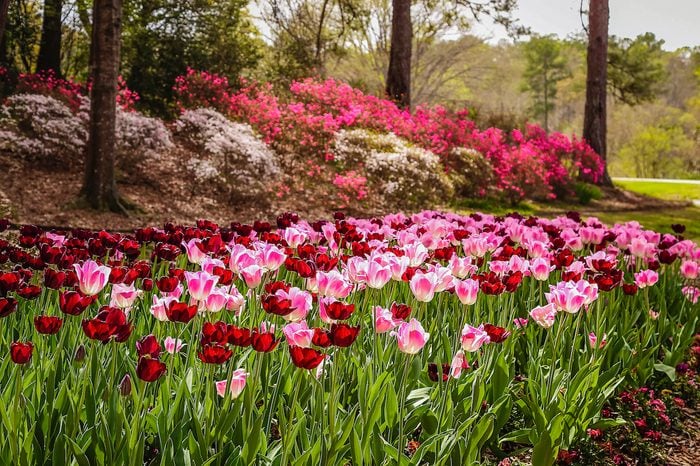
Plant Bulbs in Shade Gardens
“Spring bulbs can be planted in areas that are typically shaded by deciduous trees (ones that lose their leaves in fall). That’s because they’ll grow and flower before the trees leaf out again,” says Anne Thompson, Stanten Island, New York. Don’t miss the ultimate guide to planting spring bulbs.
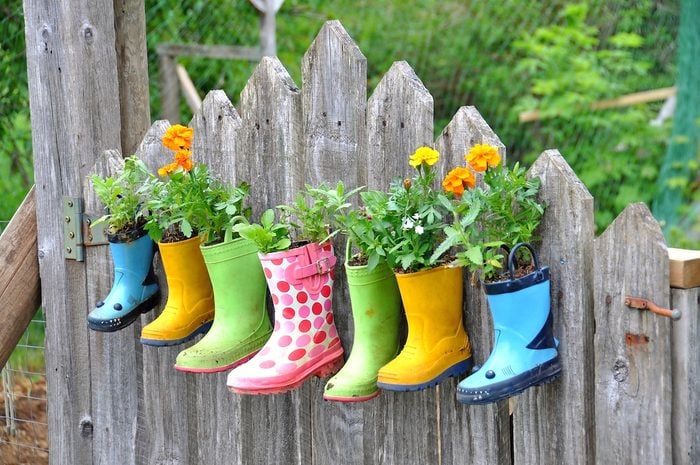
Get Creative With Containers
“For an interesting planter, fill old garden work boots or an old lunch box with soil. Don’t forget to provide drainage holes,” says Darlene Wyness, Williams Lake, British Columbia. Clean out your clutter with 28 recycled garden ideas.
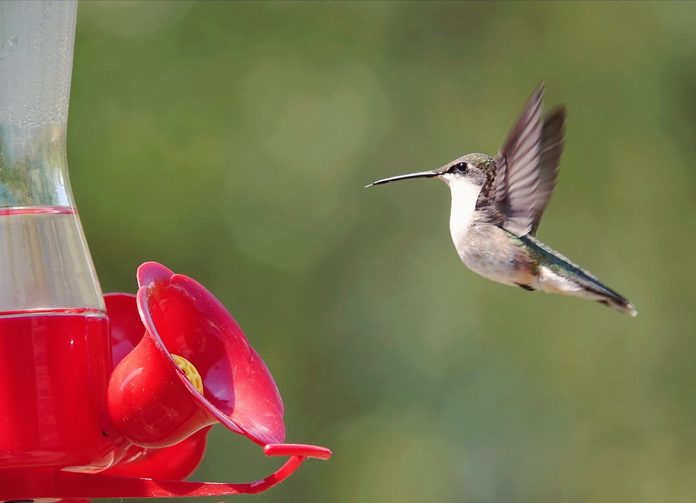
Attract Hummingbirds to Stop Aphids
“Hang a hummingbird feeder above your rose bushes to keep aphids away. I tried this and was delighted with the results. The birds cleaned the bushes of every single aphid before they moved on to the nectar in the feeder,” says Joanne Craft-Lane, Sumter, South Carolina. What do hummingbirds eat?
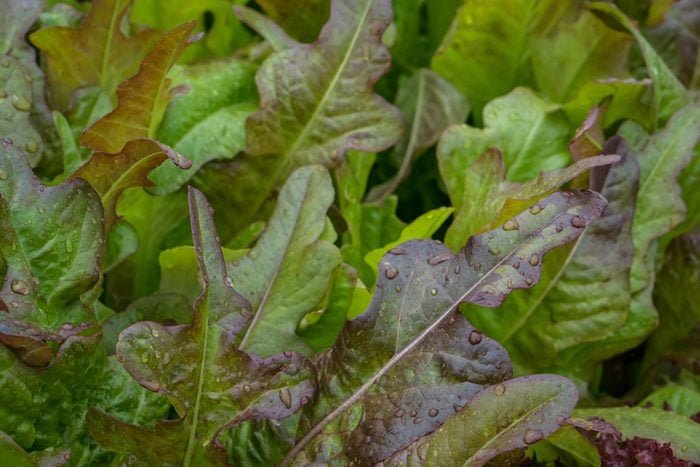
Plant Lettuce Under Tomatoes
“With garden space at a premium, I planted lettuce between my tomatoes. The tomato plants shaded the lettuce, which likes less sunlight and cooler temperatures. When it got too crowded, I pulled out the lettuce for a final salad,” says Theresa Walsh, West Milford, New Jersey.
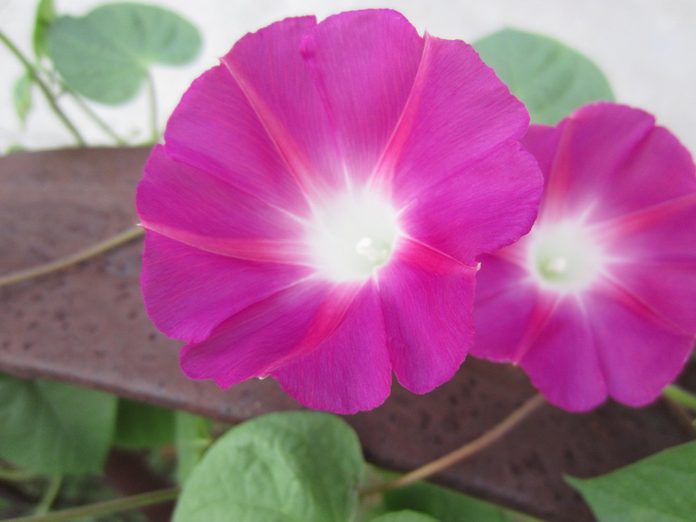
Treat Hollyhocks as a Trellis
“Morning glories will climb hollyhocks’ sturdy stems and give your garden double the color,” says Vera Heimul, New Brighton, Minnesota. Check out easy ways to use vining plants all around your garden.
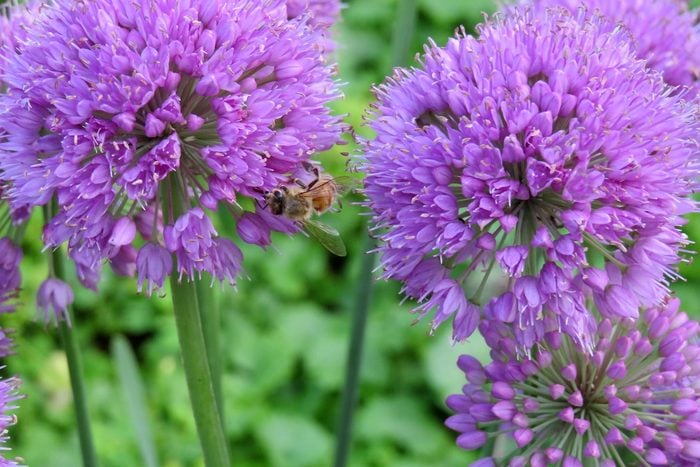
Keep Roses Healthy With Chives
“Keep bugs from your rose plants by planting chives around them. It looks pretty, plus you can clip some of the chives for use in salads,” says Nancy Morris, Greenwich, Ohio. Here’s how to grow, harvest and use chives.
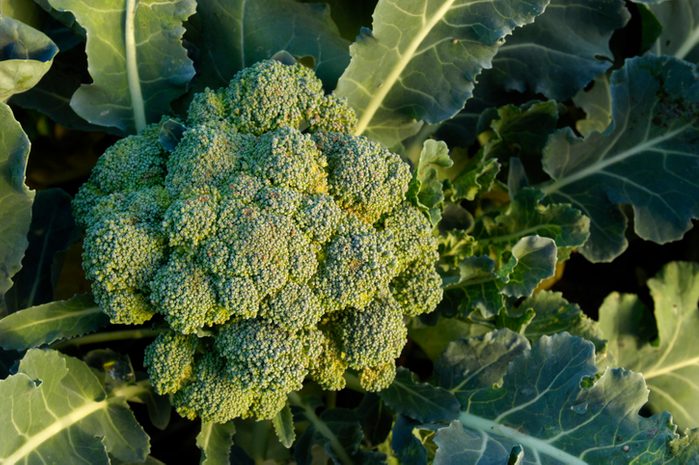
Cut Broccoli Properly
“When harvesting broccoli heads, cut the stalks at an angle to prevent the remaining stalk from filling with water and decomposing. The side shoots can then produce better broccoli,” says Deborah Moyer, Liberty, Pennsylvania. We found 10 fast-growing vegetables you can harvest quickly.
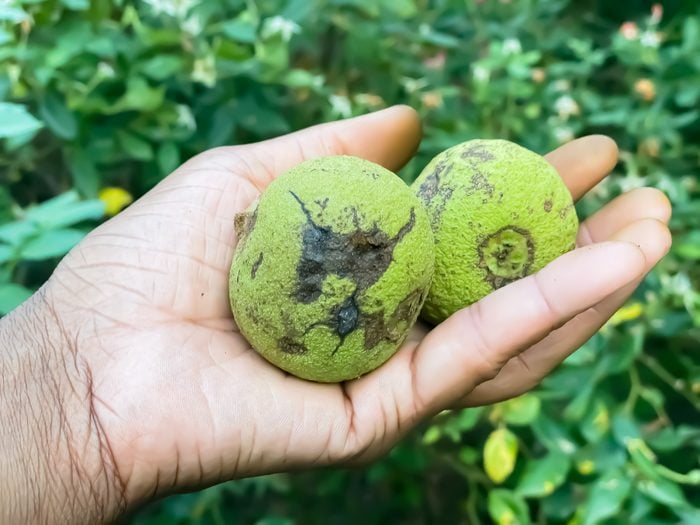
Remove Black Walnut Stains
“After picking up black walnuts or husking them, I use a cut green tomato to remove the stains from my hands. It’s worked for me for years,” says Ella Eshenbaugh, Freeport, Pennsylvania. Discover myths and facts about butterfly host plants.
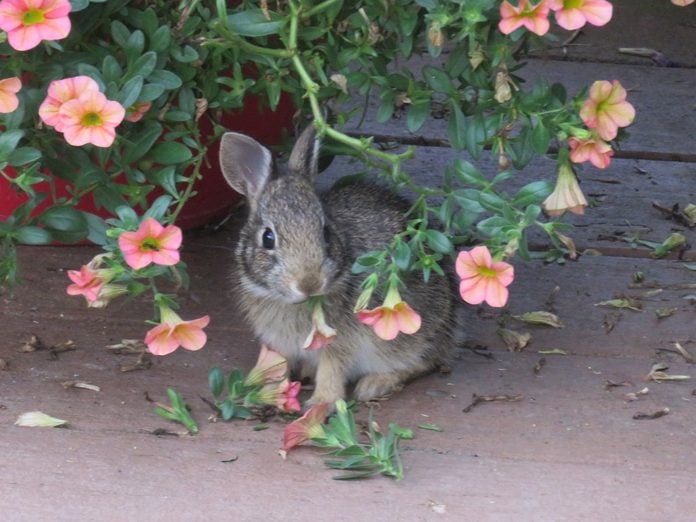
Repel Rabbits
“For years, my crocuses, tulips and pansies succumbed to the appetites of chipmunks and rabbits. I tried mothballs and hot pepper, but no luck. Blood meal turned out to be the answer. It not only repels critters, but it is a fine fertilizer as well,” says Fran Byron, Ellicott City, Maryland. Get expert garden advice on rabbit resistant flowers.
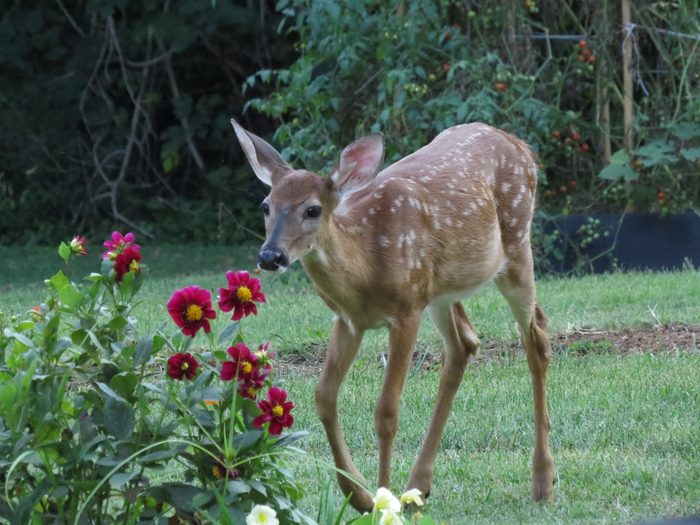
Stop Deer With Soap
“I put Irish Spring soap in socks and attach the socks to sticks in each corner of my garden. A white plastic bag flies atop a fifth stick. White signals danger to white-tailed deer. It works—I’ve seen deer stand in the adjacent empty plot and turn their noses up at my garden,” says Mildred Carlson, Gilby, North Dakota. Check out these tips for deer resistant plants and deer deterrents.
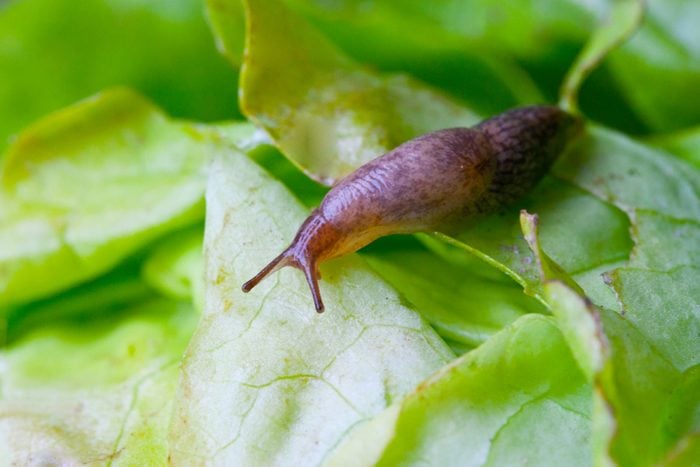
Slugs Love Citrus
“To get rid of slugs, I place hollowed out orange rinds upside-down in my garden. The next morning I’ll collect the rinds. They’re usually full of slugs and snails. It’s a quick,easy and safe solution,” says Marion Taylor, Calgary, Alberta. Here’s more ways to get rid of slugs and snails in the garden.
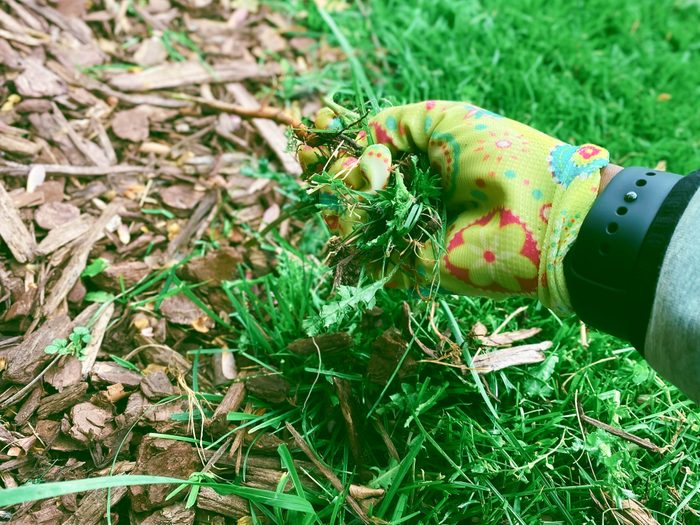
Recycle Flatware in the Flower Garden
“Old butter knives from garage sales or secondhand stores are great for small weeding jobs. I keep one in the corner of each flower bed and vegetable garden to save time and steps,” says Eleanor Novak, Cleveland Ohio. Make your own weed killer with vinegar and dish soap.
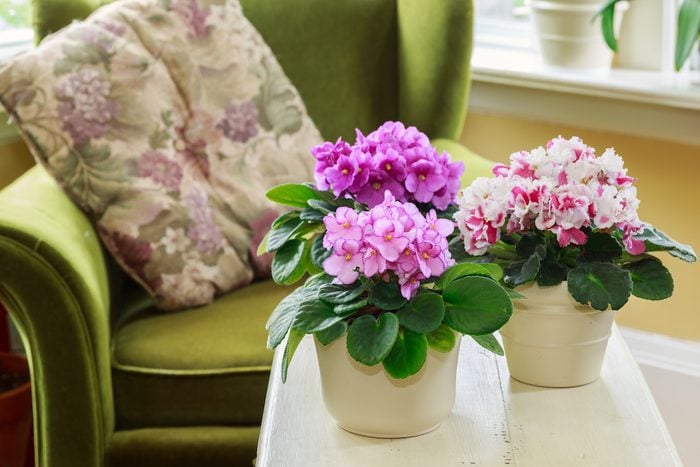
Water African Violets Carefully
“To avoid getting water on the leaves of your African violets, water them with a turkey baster,” says Violet Sticka of Bridger, Montana.
